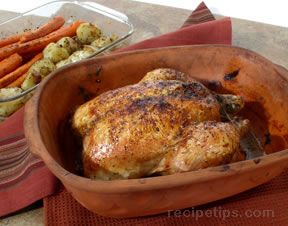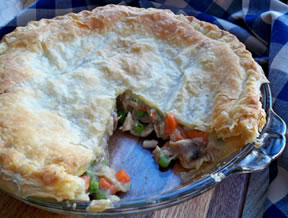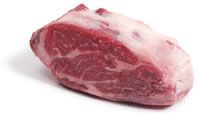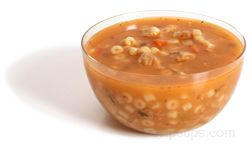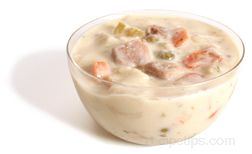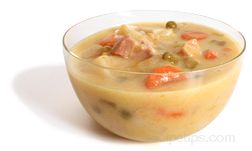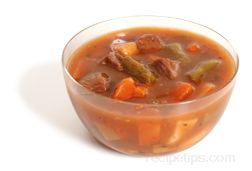Similar Content to: Classico
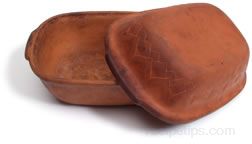
Some of the different types of clay pots include black or red clay pots, terra cotta pots, cazuelas, sand pots, and tagines. The shapes, sizes and clay composition all vary, but the purposes are generally the same. Each pot provides a distinctive preparation method for steaming, baking and cooking food ingredients. Some clay cooking pots are made by manufacturers who are well known. Their pots, become generically known by their brand name, such as Romertopf or Schlemmertopf pots.
Clay pots may be glazed, partially glazed on the inside bottom or unglazed. Totally glazed pots will not absorb moisture and food flavors, fully allowing the moisture to remain in the food as it cooks. Since clay is a porous material, it will absorb moisture and flavors if the pot has not been totally glazed. Therefore, pots having little or no glaze are commonly saturated with water, by placing them in a cold-water bath for 10 to 15 minutes prior to cooking. Soaking the pot with water serves as a water barrier, enabling the juices of the food to remain around and in the food and not absorbed into the pot, while the moisture in the pot creates added steam to moisten the food. Once the moisture is fully evaporated by the cooking heat, the juices of the food can then begin to evaporate and escape from the pot. Although a clay pot soaked with water will require a longer cooking time and a higher cooking temperature (approximately a half hour longer and 100 degrees higher), it enables food to cook slower in a moister cooking environment, thus enhancing the flavor. If prepared and cooked properly, the food is fully cooked prior to the water bath totally evaporating from the pot.
Care should be taken in using clay pots for cooking. Obviously, there is breakage concern, either by handling or adding cold water to a hot pot. When a hot clay pot is removed from an oven, it should not be placed on any cold surface, which may cause the pot to crack. Hot liquids should not be added to a cold pot and similarly, do not place the cold clay pot into a preheated oven or it may cause the pot to crack. If the clay pot is not one that has been totally glazed, allow it to fully dry and be stored in a manner that allows air to reach the clay surfaces where mildew or mold could form if the clay remains moist and not completely dry.




